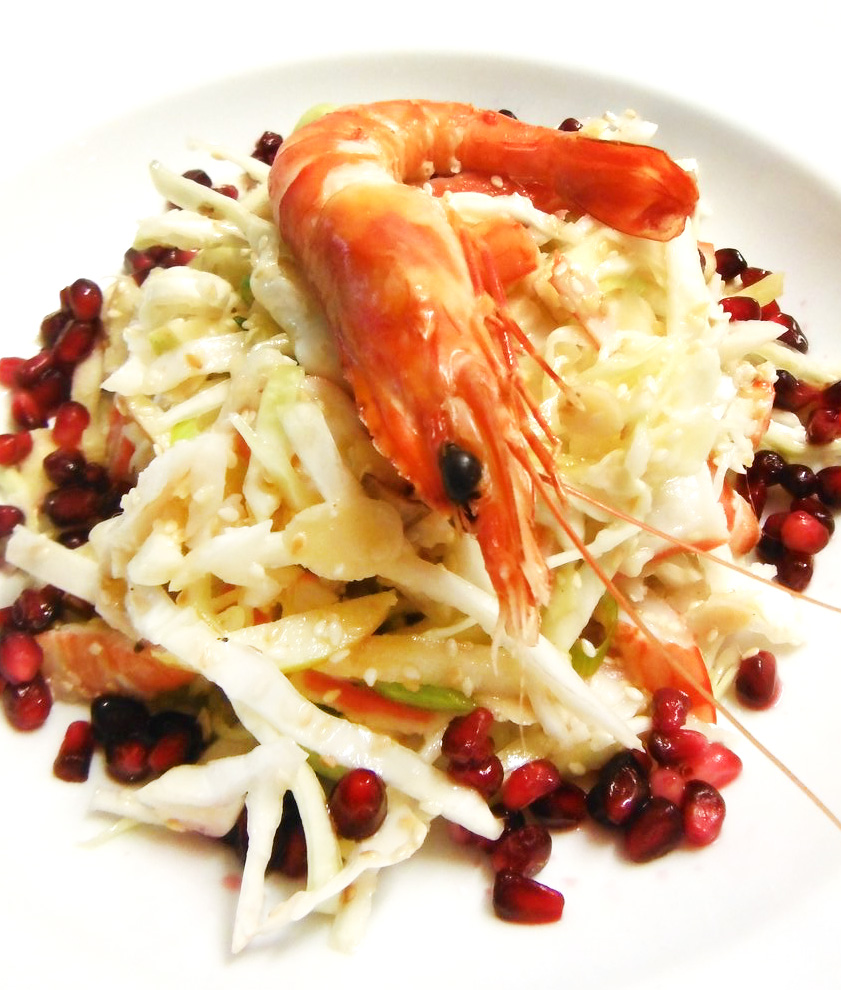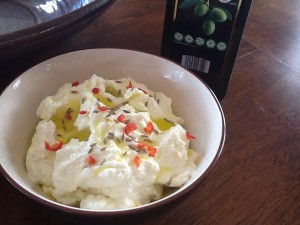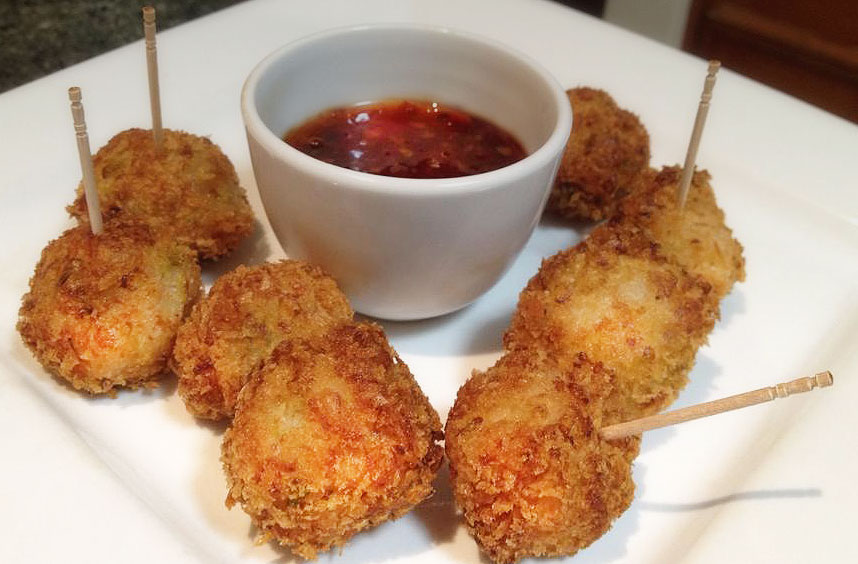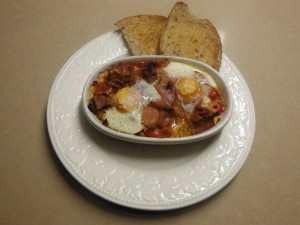Pot Luck lunches and dinners, where guests are asked to “bring a plate”, are popular in Australia, especially over summer which coincides with the festive season. Picnics, beach parties, Christmas, New Year and office parties – it’s hard to get through summer without being asked to bring a plate
A Greek friend arrived in Canberra from Athens in the 1960s with very little English. When he and his wife were invited for lunch and asked to bring a plate they were somewhat perplexed. If their hosts didn’t have enough plates, they thought, perhaps they were also short of glasses and cutlery. So they brought their own, never imagining they were expected to bring food.
Opera by Candlelight is held each year at the Albert Hall Canberra in late February. The ticket price includes a table complete with candelabras and chairs for each group. Guests bring their own food and beverages and enjoy an evening of opera arias. We usually get four or five couples together, then each couple brings one course – nibbles, starter, main, sides or dessert and of course a bottle or two! Oh yes and in this case you do also need to bring plates, cutlery and glasses! It’s fun to get dressed to kill and make a real occasion of it. Some people go to a lot of trouble to coordinate their outfits and table decorations and there’s a prize for the best dressed table. For more information and to book tickets contact Carl Rafferty: raffertycarl@internode.on.net
There are two types of plate you can take to these Pot Luck occasions. A large plate to place on a buffet or in the middle of the table, so guests can serve themselves. Or a plate of finger food which can be passed round without the need for individual plates and cutlery.
If you go to the Café Cat recipe index you will find lots of ideas, but here are a few suggestions. Sticky Chilli Chicken or Sticky Honey Chicken can both be made the day before and are delicious served at room temperature.
If you’re looking for an easy dip try Dukkah, Lemon Feta Dip or Smoked Trout Paté. For something slightly more snazzy try Watermelon and Feta Squares which are very refreshing in hot weather.
My favourite dishes for a buffet include Cucumber Salad, Ferne’s Roast Tomato Salad, Remar’s Broccoli, Nut and Bean Salad and if you like spinach then you can’t go wrong with either Spinach Salad with Red Dressing or Spinach Salad with Dates and Almonds which are both delicious. Take the dressing along separately in a jar with a lid.


 Cream Cheese Mixture:
Cream Cheese Mixture:
 The flickering citronella torches lining the paths and surrounding the protected sunken garden showed people the way. Bottles of wine and glasses were lined up, so guests could help themselves.
The flickering citronella torches lining the paths and surrounding the protected sunken garden showed people the way. Bottles of wine and glasses were lined up, so guests could help themselves.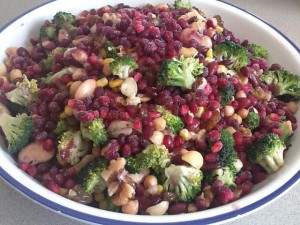 6 cups broccoli florets (small ones no bigger than 2cm)
6 cups broccoli florets (small ones no bigger than 2cm)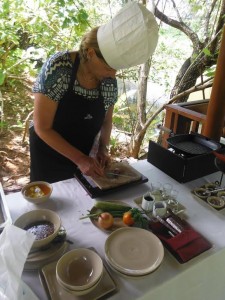
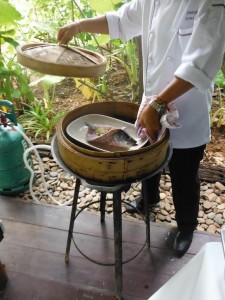

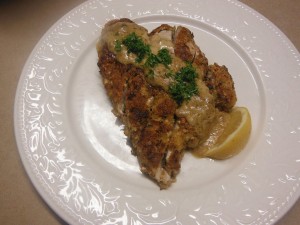 4 chicken breasts
4 chicken breasts Coffee ice cream:
Coffee ice cream: